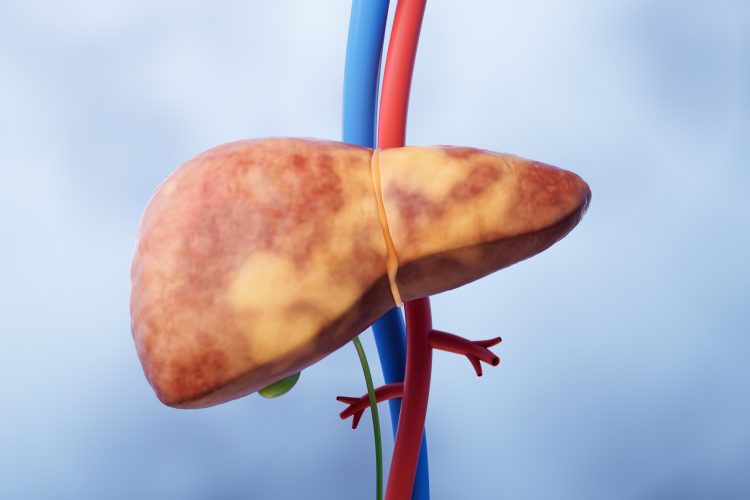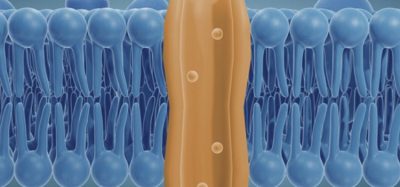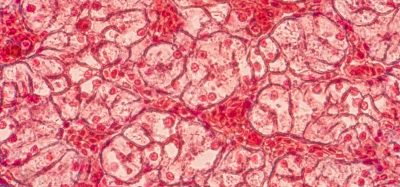Pemafibrate and telmisartan combo may reverse fatty liver
Posted: 7 October 2025 | Drug Target Review | No comments yet
A new study shows that approved drugs, pemafibrate and telmisartan, when combined, can reduce liver fat and may lower cardiovascular risk in metabolic dysfunction-associated steatotic liver disease.


Metabolic dysfunction-associated steatotic liver disease (MASLD) is the most common liver disease worldwide, affecting approximately one-third of adults. The condition is characterised by the accumulation of fat in liver cells, which can lead to severe liver complications.
A new study from the University of Barcelona has discovered that two already-approved drugs – pemafibrate and telmisartan – can significantly reduce liver fat accumulation in laboratory models of MASLD. The research suggests that the combination of these drugs may also help lower cardiovascular risks associated with the disease, potentially leading to the development of more effective therapies.
Exploring drug repurposing as a strategy
The research, led by Marta Alegret, professor at the UB’s Faculty of Pharmacy and Food Sciences, involved collaboration with multiple institutions, including the Santa Creu i Sant Pau Hospital Research Institute, the Hospital Clínic de Barcelona, CIBERCV and Uppsala University.
So far, most new compounds studied for the treatment of MASLD – formerly known as fatty liver disease – have failed in clinical trials due to safety concerns.
So far, most new compounds studied for the treatment of MASLD – formerly known as fatty liver disease – have failed in clinical trials due to safety concerns. “We have focused on these phases with the aim of preventing the disease from progressing to more severe stages. But for a drug to be used in these early stages, it must have a good safety profile in humans,” says Alegret.
The study focused on pemafibrate, a lipid-lowering drug, and telmisartan, an antihypertensive. “Mortality from cardiovascular causes is significant in patients with MASLD, and often these patients also have these two risk factors together,” said Alegret.
Animal models and innovative approaches
To test the drugs’ effectiveness, researchers used both rat and zebrafish larval models. “In recent years, zebrafish have emerged as an interesting alternative model that facilitates the study of the pathophysiology of MASLD and the evaluation of treatments. These are simpler and cheaper models that allow results to be obtained more quickly and which, although they are not identical to humans, have a carbohydrate/lipid metabolism and liver physiology similar to those of mammals,” Alegret explains.
The results showed that the combination of the two drugs reversed fat accumulation in livers caused by a high-fat, high-fructose diet. In rats, half doses of each drug administered together were as effective as full doses of either drug alone. “Combination therapy with drugs acting on different pathogenic pathways may be a better strategy than monotherapy, thanks to possible synergistic effects and reduced toxicity related to the use of lower doses of each drug,” Alegret notes.
Mechanisms behind the effect
The study also found different lipid-lowering mechanisms for each drug and highlighted the role of the PCK1 protein in telmisartan’s hepatic effect.
Telmisartan is a drug that has been used in other models of MASLD, but mostly in more advanced stages of the disease.
“Telmisartan is a drug that has been used in other models of MASLD, but mostly in more advanced stages of the disease, and its beneficial effects have been attributed mainly to anti-inflammatory and anti-fibrotic effects. But in the early stages of the disease there is no inflammation or fibrosis yet, only lipid accumulation,” Alegret explains.
Telmisartan restored PCK1 levels in the liver, shifting metabolite flow from lipid synthesis to glucose synthesis without raising blood glucose.
Next steps towards clinical translation
Despite the encouraging results, clinical studies in humans are still very much needed to progress this study.
“In order to be translated into a treatment for MASLD patients, clinical studies would be needed to show that the benefits observed in animal models also occur in humans,” said Alegret.
The team is now investigating whether the drugs are effective in advanced disease stages with fibrosis and plan to study a dual model involving both liver fibrosis and cardiovascular disease. “We will see if the beneficial action is observed not only in the liver, but also in the reduction of atherosclerosis,” Alegret concludes.
Related topics
Animal Models, Disease Research, Drug Discovery Processes, Drug Repurposing, Lipids, Therapeutics
Related conditions
Fatty liver disease, Metabolic dysfunction-associated steatotic liver disease (MASLD)
Related organisations
the University of Barcelona








